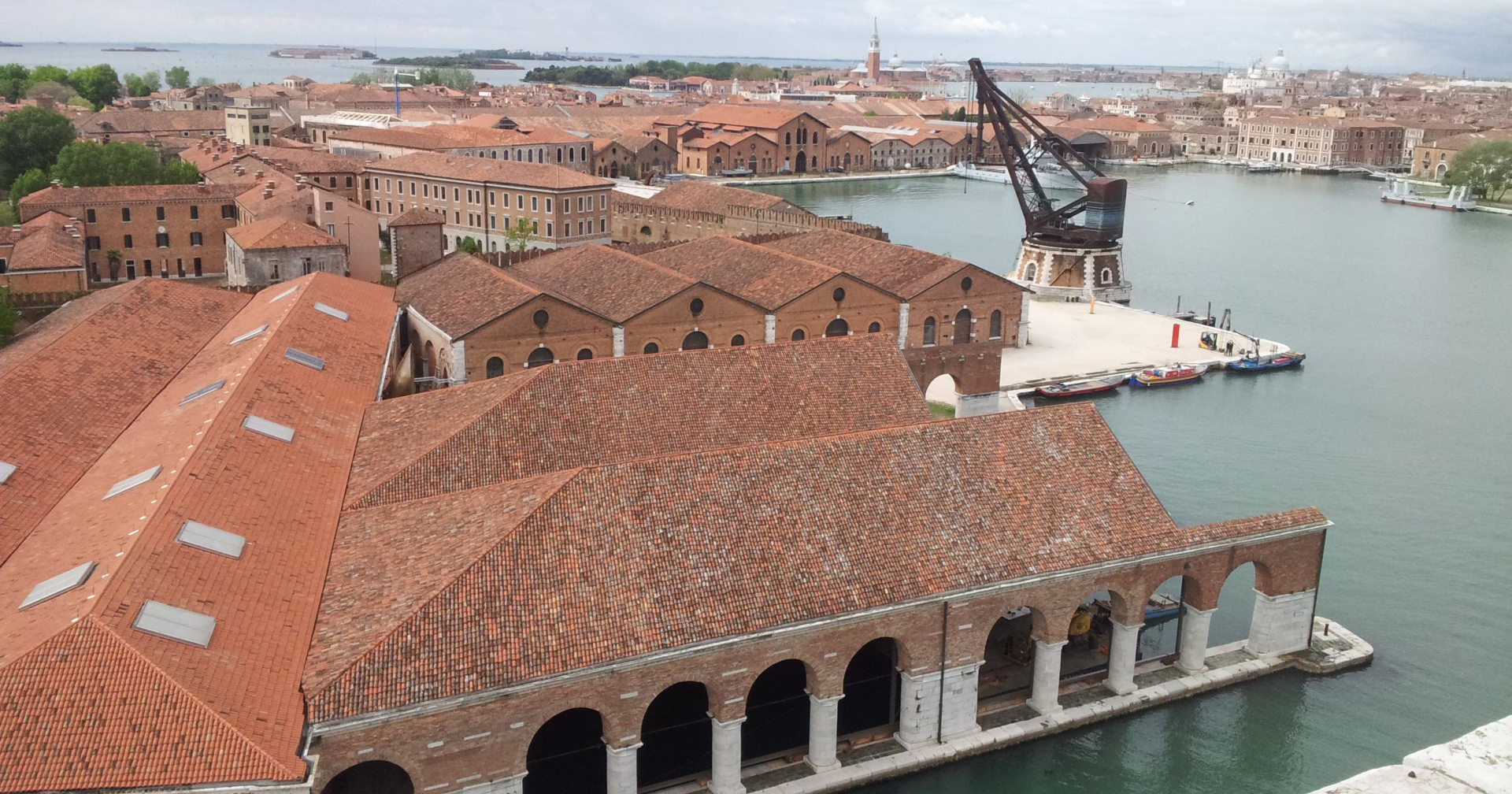World Autism Day: 5 Projects Crafted for Differently-Abled Bodies
In the realm of architecture, inclusivity and accessibility have emerged as pivotal pillars in design philosophy. In honor of World Autism Day, this curated collection recognizes the evolution of architecture’s response to differently-abled bodies. The history of disability in architecture is deeply intertwined with advocacy and activism. In fact, a group of pioneering students named “The Rolling Quads” spearheaded a movement for disability rights in 1972 in California. This grassroots activism has not only reshaped the physical world but also catalyzed broader conversations about social justice in architectural design.

 © Kilian O’Sullivan | Alfreton Park Community Special School / Curl la Tourelle Head Architecture
© Kilian O’Sullivan | Alfreton Park Community Special School / Curl la Tourelle Head Architecture
In the realm of architecture, inclusivity and accessibility have emerged as pivotal pillars in design philosophy. In honor of World Autism Day, this curated collection recognizes the evolution of architecture’s response to differently-abled bodies. The history of disability in architecture is deeply intertwined with advocacy and activism. In fact, a group of pioneering students named “The Rolling Quads” spearheaded a movement for disability rights in 1972 in California. This grassroots activism has not only reshaped the physical world but also catalyzed broader conversations about social justice in architectural design.
In commemorating World Autism Day, it is crucial to acknowledge the impact of design on the lives of individuals with disabilities. Whether it’s the Autism Garden in Iran by Hajm.e.Sabz, the Sycamore at Northgate Park Hospital in the United Kingdom, or the Home for The Homeless, each of these projects celebrates diverse needs and seeks to foster a sense of belonging and empowerment for all.
What's Your Reaction?

















































